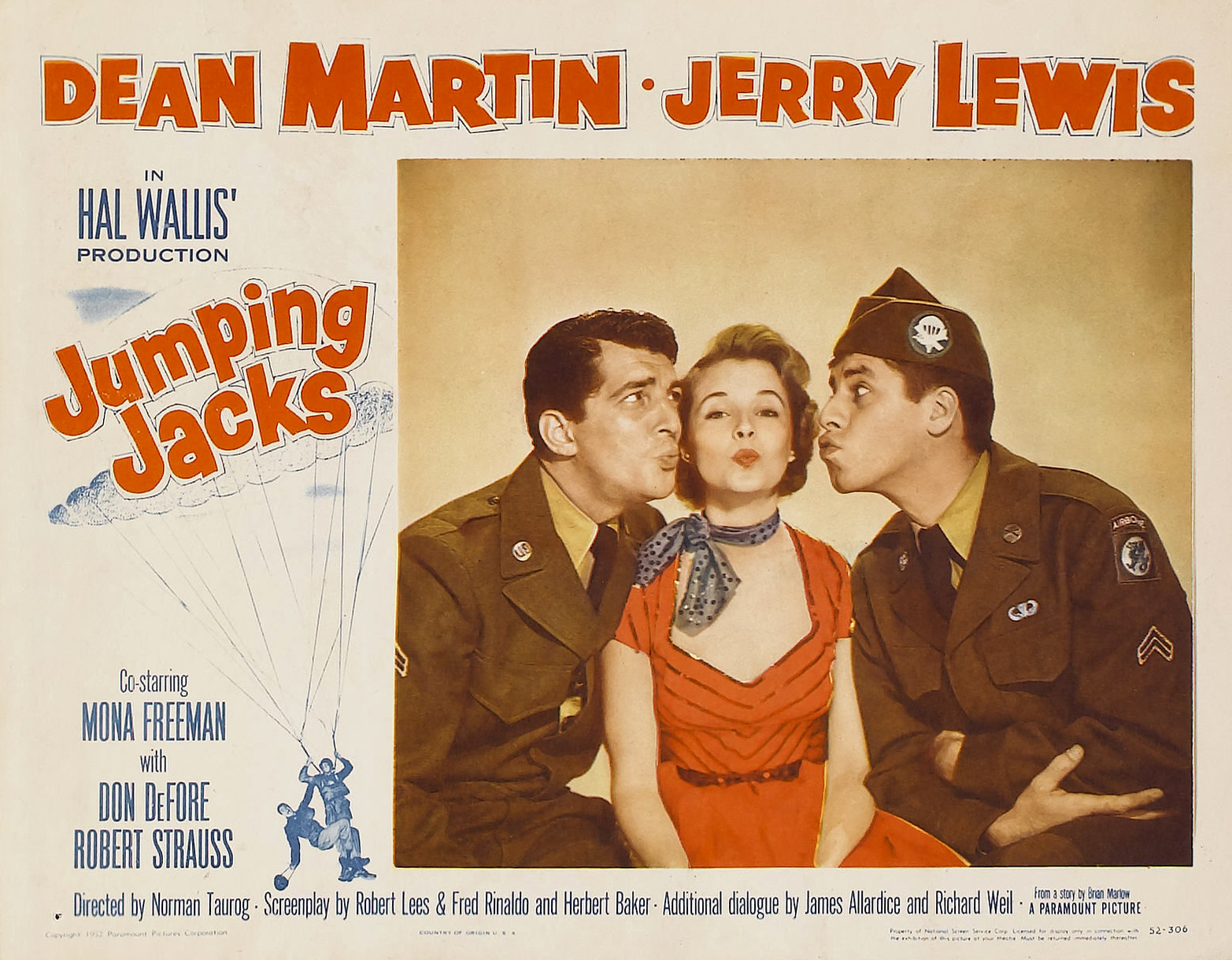The weather was due to be a bit warmer than the spring event, which was great. It was a bit cloudy throughout the day, which was good...at one point along the route, many in our group noticed that there was a drop in the air temperature, which we found out later was a signal of the incoming rain from the west. The course itself was great...a real challenge. TMHQ took full advantage of the terrain to really get the participants to the point where everyone was challenged by what they might have thought was an easy obstacle. The spring event had a lot more water to trudge through, where this time, we had actual mud. Mucky mud. Lots of it.
Many parts of this course followed parts of the path for the spring event, and some of the obstacles were different. In other cases, such as some of the trail running, the followed the reverse of the spring route. This time around, the course had a lot more hill climbs, which took a toll on your quads, and unfortunately for many who weren't as well prepared, there were a number of folks cramping up and even getting pulls.
Some of the "obstacles" were new...for example, there were a couple of "burn zones", where participants would stop and do exercises...pushups and lunges. There was another burn zone later where participants would record the number of pushups that they did, and one penny for each pushup would go to the Wounded Warrior Project. Another use of the terrain was a flat area where we did the wheelbarrow, which I thought was great, as was the warrior carry (carry your partner, then switch it up).
There were also some of the classic Tough Mudder obstacles...Mt. Everest, the Electric Eel, the Funky Monkey, the Boa Constrictor...as well as some "new" ones, like the Cage Crawl. There was one named "Killa Gorilla" that ended up being nothing more than a path snaking up and down a hill, and then around again. We saw a sign for the Cliffhanger, and thought we would be climbing up a muddy wall, maybe with a rope...and it was just a hill. There were a number of obstacles that had been shut down (the Pirate's Booty was one I was really looking forward to doing again...) or bypassed simply due to the course path. I will say that without a doubt, the hills really tested your level of fitness and preparation. However, some excellent opportunities were missed for including some of the obstacles that have been prominently displayed at other events.
TMHQ is getting much better about preparing folks for the upcoming event, but if I had to pick one thing that I didn't think went as well as it could have was the spectator's ability to follow and see the competitors. The course map, which included the spectators routes, was available online a couple of days prior to the event, and when comparing it to the spring event, it was clear that the participants would be out of sight of the spectators (particularly those supporting them) for a considerable amount of time. A couple of thoughts along those lines:
1. The cost for spectators ($20 ahead of time, $40 the day of...) is kind of steep for what they actually have access to. $15, cash or check, at the door would've been good enough, I think. I do know that some of that goes to support the Wounded Warrior Project, but still...for what the spectators had access to, $20 was a little steep.
2. Tough Mudder is missing a HUGE marketing opportunity! We had some younger folks in our spectator's group who went from "I'll never do something like this..." to "THIS IS TOTALLY AWESOME!!"...engaging the spectators more is going to lead to a percentage of them signing up as participants. We had four folks in our group participating, and six spectators. One of the participants fully intends to run another event, and two of the spectators are talking about doing an event in the future.
Training
Finally, something of a side note, and I'm only sharing this because my nephew has expressed an interest in becoming a certified fitness trainer (and my sister has recently become one)...events such as the Tough Mudder, even the shorter events, offer a HUGE opportunity not only for the events, but for fitness trainers. Develop a group class, and starting about six months out for one of the smaller events, begin getting folks in shape for the class. Pick up others who may already be in better shape along the way...but the goal is to have everyone "graduate" by running the event as a group. Picking a local event would be a great way to start, and could even be the initial stepping stone to a larger event like the Tough Mudder.
Finally, something of a side note, and I'm only sharing this because my nephew has expressed an interest in becoming a certified fitness trainer (and my sister has recently become one)...events such as the Tough Mudder, even the shorter events, offer a HUGE opportunity not only for the events, but for fitness trainers. Develop a group class, and starting about six months out for one of the smaller events, begin getting folks in shape for the class. Pick up others who may already be in better shape along the way...but the goal is to have everyone "graduate" by running the event as a group. Picking a local event would be a great way to start, and could even be the initial stepping stone to a larger event like the Tough Mudder.










